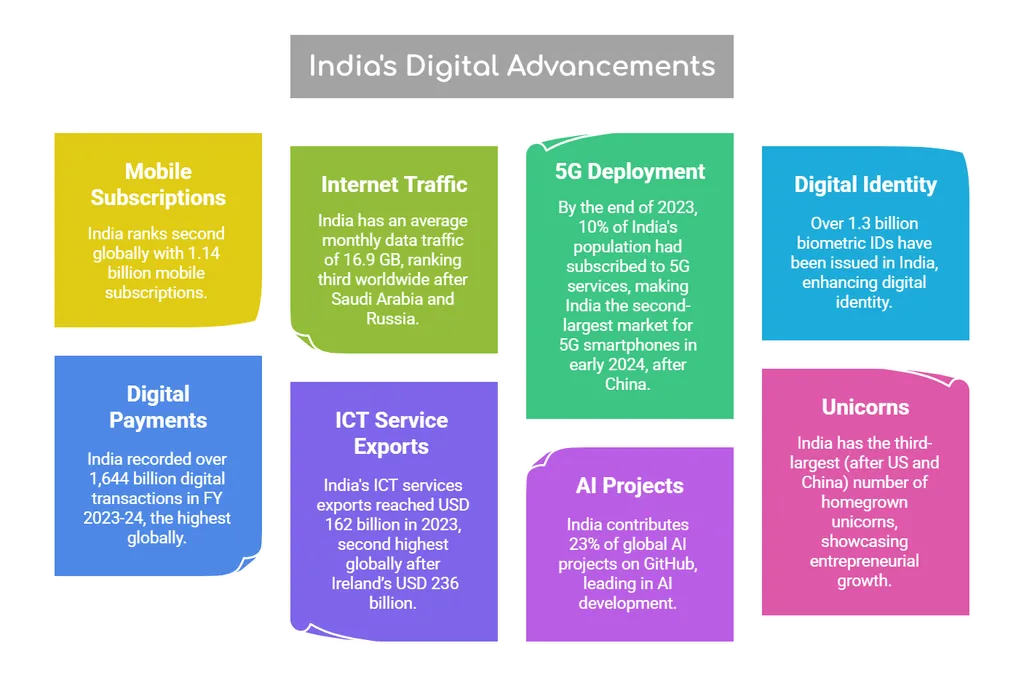In the heart of India, where tradition meets modernity, public libraries are grappling with the digital revolution, and a recent study is shedding light on the challenges and opportunities that lie ahead. Jogen Sharma, a researcher from the Department of Library and Information Science at Kalinga Institute of Industrial Technology (KIIT) Deemed to be University in Bhubaneswar, Odisha, has published a comprehensive examination of India’s public libraries in the digital age, offering insights that could reshape how we think about information access and digital inclusion.
Sharma’s research, published in the ‘International Journal of Emerging Research in Engineering, Science, and Management’ (translated to English as ‘International Journal of Emerging Research in Engineering, Science, and Management’), paints a vivid picture of a network of over 80,000 libraries, both rural and urban, that serve as vital hubs for knowledge and community engagement. However, these institutions are not immune to the digital disruption that is sweeping across sectors.
“The digital divide is stark,” Sharma notes, highlighting the disparities in funding, staffing, and digital resources between urban and rural libraries. This divide is not just about access to technology but also about the capacity to integrate and utilize these tools effectively. The study reveals critical gaps in infrastructure, professional capacity, and policy implementation that are hindering efforts to modernize these libraries.
One of the most compelling findings is the uneven adoption of Information and Communication Technology (ICT) across the library network. While urban libraries are making strides in digital integration, rural libraries are lagging, often due to limited budgets and a lack of trained staff. This disparity is not just a technical issue but a social one, as it exacerbates the digital divide and limits the potential for inclusive growth.
The study also delves into the intricacies of library management, from budgeting and collection development to staffing patterns and national policy frameworks. Sharma’s research underscores the need for targeted investments in digital infrastructure, professional training, and stable funding mechanisms. Moreover, it calls for policy reforms that can foster a more supportive environment for digital integration.
The implications of this research extend beyond the library sector. In an era where data is the new oil, the role of public libraries as democratizers of information cannot be overstated. For the energy sector, which is increasingly data-driven, the insights from Sharma’s study could inform strategies for digital inclusion and workforce development. As libraries evolve into digital hubs, they could serve as incubators for the skills and knowledge needed to drive innovation in the energy sector.
Sharma’s recommendations offer a roadmap for the future, emphasizing the need for multilingual resources, policy reform, and targeted investments. “The goal is to create a library network that is not just digitally equipped but also digitally empowered,” Sharma asserts, highlighting the transformative potential of these institutions in the digital age.
As we stand on the cusp of a digital revolution, Sharma’s research serves as a timely reminder of the importance of inclusive growth. By addressing the challenges highlighted in this study, we can ensure that the benefits of the digital age are shared by all, paving the way for a more equitable and prosperous future.

